
BOOK AN ON DEMAND PASS
EXISTING USER LOGIN
This event has now taken place, dates for future events to be announced soon!
Week 1
Tire Science, Research, Materials and Formulations
5 days, June 7, 8, 9, 10, 11, 2021
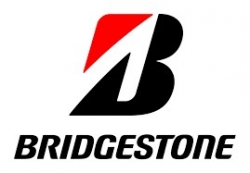 Raffaele di Ronza
Raffaele di Ronza Dr Antonia Albers
Dr Antonia Albers Anke Blume
Anke Blume Dr Gilles Moninot
Dr Gilles Moninot Fabio Bacchelli
Fabio Bacchelli Melanie Wiedemeier-Jarad
Melanie Wiedemeier-Jarad Raffaele di Ronza
Raffaele di Ronza Dr Antonia Albers
Dr Antonia Albers Anke Blume
Anke Blume Fabio Bacchelli
Fabio Bacchelli Melanie Wiedemeier-Jarad
Melanie Wiedemeier-Jarad Dr Gilles Moninot
Dr Gilles Moninot Costantino Perretta
Costantino Perretta Gennaro della Vecchia
Gennaro della Vecchia Daniela Sordi
Daniela Sordi Chigusa Yamada
Chigusa Yamada Dr Frederick Ignatz-Hoover
Dr Frederick Ignatz-Hoover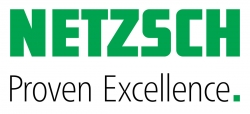 Dr Sahbi Aloui
Dr Sahbi Aloui Gennaro della Vecchia
Gennaro della Vecchia Dr Marzieh Salehi
Dr Marzieh Salehi Daniela Sordi
Daniela Sordi Chigusa Yamada
Chigusa Yamada Dr Frederick Ignatz-Hoover
Dr Frederick Ignatz-Hoover Dr Sahbi Aloui
Dr Sahbi Aloui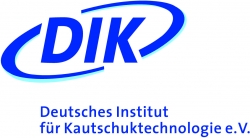 Ulrich Giese
Ulrich Giese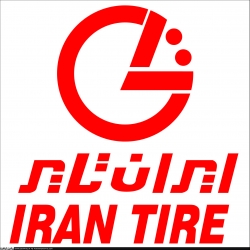 Mojtaba Bagheri Jaghargh
Mojtaba Bagheri Jaghargh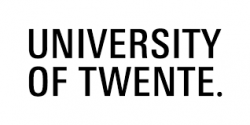 Wisut Kaewsakul
Wisut Kaewsakul Antonio Solito
Antonio Solito Javier del Rio
Javier del Rio Kamyar Alavi
Kamyar Alavi Ulrich Giese
Ulrich Giese Mojtaba Bagheri Jaghargh
Mojtaba Bagheri Jaghargh Wisut Kaewsakul
Wisut Kaewsakul Antonio Solito
Antonio Solito Javier del Rio
Javier del Rio Kamyar Alavi
Kamyar Alavi Dr Christian Geidel
Dr Christian Geidel Dr Andreas Renken
Dr Andreas Renken Marcel Gruendken
Marcel Gruendken Mary Ann Abney
Mary Ann Abney Sunkeun Kim
Sunkeun Kim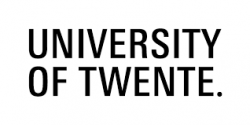 Gina Butuc
Gina Butuc Dr Christian Geidel
Dr Christian Geidel Dr Andreas Renken
Dr Andreas Renken Marcel Gruendken
Marcel Gruendken Mary Ann Abney
Mary Ann Abney Sunkeun Kim
Sunkeun Kim Gina Butuc
Gina Butuc Yves Duytschaever
Yves Duytschaever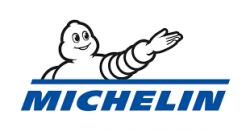 Dr Nizar Didane
Dr Nizar Didane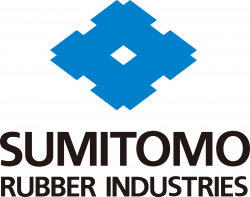 Dr Tomofumi Zushi
Dr Tomofumi Zushi Limeng Chen
Limeng Chen Yves Duytschaever
Yves Duytschaever Dr Nizar Didane
Dr Nizar Didane Limeng Chen
Limeng Chen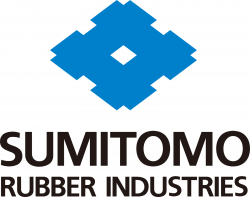 Masaya Tsunoda
Masaya Tsunoda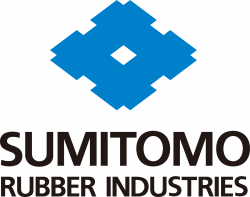 Dr Toshio Tada
Dr Toshio Tada Matthew Van Gennip
Matthew Van Gennip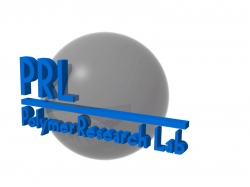 Radek Stoček
Radek Stoček Jonas Heidelberger
Jonas Heidelberger Elan Amirav
Elan Amirav Mathieu Grob
Mathieu Grob Matthew Van Gennip
Matthew Van Gennip Radek Stoček
Radek Stoček Jonas Heidelberger
Jonas Heidelberger Elan Amirav
Elan Amirav Mathieu Grob
Mathieu Grob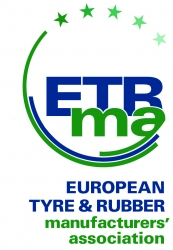 Dominique Cettour-Janet
Dominique Cettour-Janet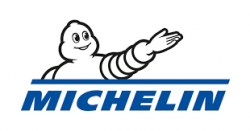 François Lohr
François Lohr Jan Prins
Jan Prins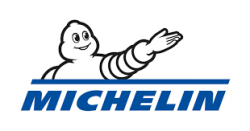 Frederic Biesse
Frederic Biesse Nick Molden
Nick Molden Carlo Lugaro
Carlo Lugaro Carlo Lugaro
Carlo Lugaro Dominique Cettour-Janet
Dominique Cettour-Janet François Lohr
François Lohr Frederic Biesse
Frederic Biesse Nick Molden
Nick Molden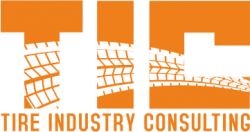 Haluk Kizilay
Haluk Kizilay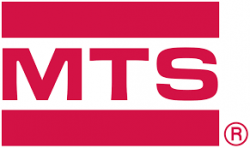 Anders Maki
Anders Maki Francesco Todino
Francesco Todino William Mars
William Mars Aleksandr Sakhnevych
Aleksandr Sakhnevych Haluk Kizilay
Haluk Kizilay Anders Maki
Anders Maki Francesco Todino
Francesco Todino William Mars
William Mars Aleksandr Sakhnevych
Aleksandr Sakhnevych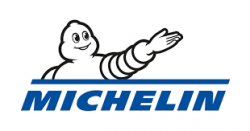 Dr Cyrille Roget
Dr Cyrille Roget Guido Veit
Guido Veit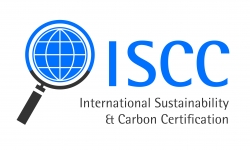 Jan Henke
Jan Henke Nicolas Schüwer
Nicolas Schüwer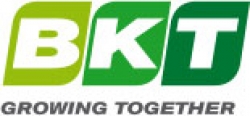 Arup Saha Deuri
Arup Saha Deuri Aatif Misbah
Aatif Misbah Selim Erhan
Selim Erhan Guido Veit
Guido Veit Aatif Misbah
Aatif Misbah Jan Henke
Jan Henke Nicolas Schüwer
Nicolas Schüwer Selim Erhan
Selim Erhan Arup Saha Deuri
Arup Saha Deuri Stefano Savi
Stefano Savi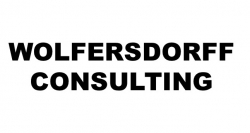 Martin von Wolfersdorff
Martin von Wolfersdorff Stefan Frosch
Stefan Frosch Andrey Bodrov
Andrey Bodrov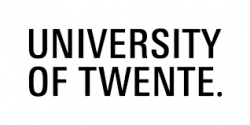 Balan Ramani
Balan Ramani Arqam Anjum
Arqam Anjum Stefano Savi
Stefano Savi Stefan Frosch
Stefan Frosch Andrey Bodrov
Andrey Bodrov Balan Ramani
Balan Ramani Arqam Anjum
Arqam Anjum